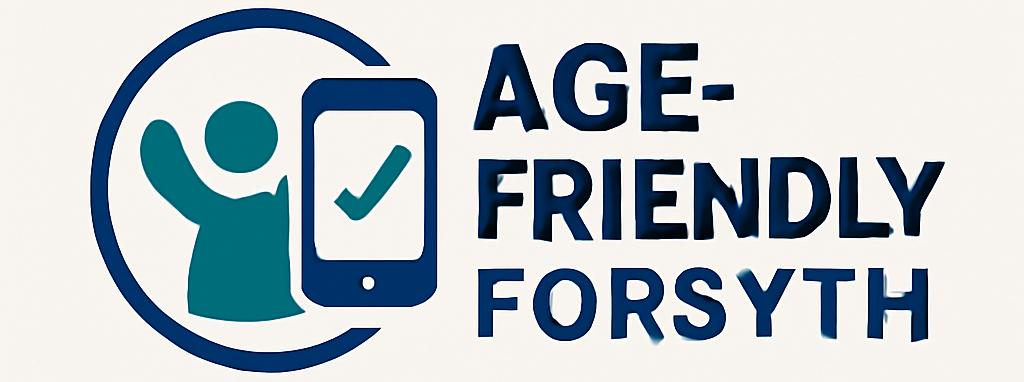The ability to prevent specific numbers from sending messages to an Android device is a standard feature. This functionality prevents unwanted communication from occurring, offering users control over the messages they receive on their mobile devices. For example, a user can employ blocking features to cease receiving communications from an individual or organization engaged in spam or harassment.
Implementing such a feature offers several benefits. It reduces the volume of disruptive or unwanted messages, improves the user’s focus, and safeguards against potential scams or phishing attempts carried out via SMS. Historically, phone companies and later operating systems like Android have gradually introduced more robust blocking features as unwanted messaging became more prevalent. This demonstrates a continuous effort to provide users with tools to manage their communication effectively.
